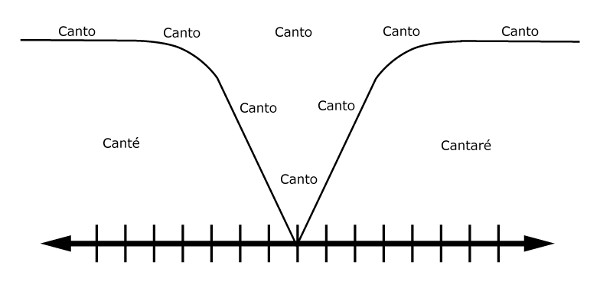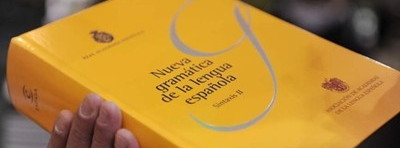 present simple uses
present simple uses
In Spanish, the present simple is far more versatile than in English. It can be used to talk about the past, present, and future, as well as general truths and facts. In English the present simple is more or less limited to permanent facts or habits (except in sporting commentary, news headlines, and the historic present).

Take the sentence 'Te traigo flores'; it can mean 'I bring you flowers', 'I am bringing you flowers', 'I'll bring you flowers', or 'I've brought you flowers'.
-Es cierto que siempre llego tarde, pero también te traigo flores — It's true that I always arrive late, but I bring you flowers (presente genérico1)
-(Llegas a la casa de un amigo) Hola, mira, te traigo flores — Hi, look, I've brought you flowers (presente de sucesos recientes o pasado inmediato)
-(Llamas a un amigo de camino a su casa) Oye, llego un poco tarde. Por cierto, te traigo flores — Hey, I'm running a bit late. By the way, I'm bringing you flowers (presente progresivo)
-(Hablando el día antes con tu amigo) Mañana te traigo flores — Tomorrow I'll bring you flowers (presente prospectivo)
-Te traigo flores desde hace diez años — I've been bringing you flowers for 10 years (from one point in the past until the present)
-Mañana me traen flores desde Holanda — Tomorrow I'm getting flowers from Holland (arrangement - presente prospectivo)
Since the present tense is so flexible and wide-reaching, context and time markers are essential to figure out which point in time is being referred to.
If you think about it, the concept of the 'present' is actually quite subjective. A 6-yr-old boy thinks everything is 'now'; that's why he or she will barely use the future tense in Spanish. If you ask a 90-yr-old, meanwhile, what events are happening now, he or she may tell you that smartphones are a new thing that are just being invented 'now', even though they've been about for 5-10 years.
In English, when talking about things we consider to be happening in 'the present', we tend to use the present continuous - something that Spanish speakers find confusing. Spanish uses the present continuous an awful lot less, generally reserving it for events which are truly in the middle of happening at the very moment of speaking.
Take another example: te llamo can mean 'I call you', 'I am calling you', 'I will call you' , or 'I have called you'.
-Te llamo todos los días— I call you every day (same as English - presente genérico 1)
-Te llamo para decirte que llego tarde — I'm calling to tell you that I'm running late (presente progresivo/ presente de sucesos recientes o pasado inmediato)
-Mañana te llamo — I'll call you tomorrow (the Spanish present runs into the future like the English continuous - see presente prospectivo)
-Llaman a la puerta — Someone has knocked/is knocking at the door (presente progresivo /presente de sucesos recientes o pasado inmediato)
-Esta tarde me llaman desde el ministerio — They're calling me from the the ministry this afternoon (not in progress; English uses continuous for arrangements)
With stative verbs, however, Spanish and English share the fact that the present simple is usually used for the present, even when referring to temporary states 'in progress'.
-¿Qué opinas? ¿Es buena idea? — What do you think? Is it a good idea?
-Creo que tienes razón — I think you are right
-Quiere un helado — He wants an ice cream
-Tengo un problema — I have a problem
Likewise, in both English and Spanish the present continuous is generally only used sparingly to emphasize a state.
-Me está encantando esta pasta — I'm loving this pasta
-Tu coche está necesitando una limpieza ya — Your car is needing a good clean
In Español-Avanzado Articles
˜
-present simple indicative uses in Spanish | presente indicativo-

